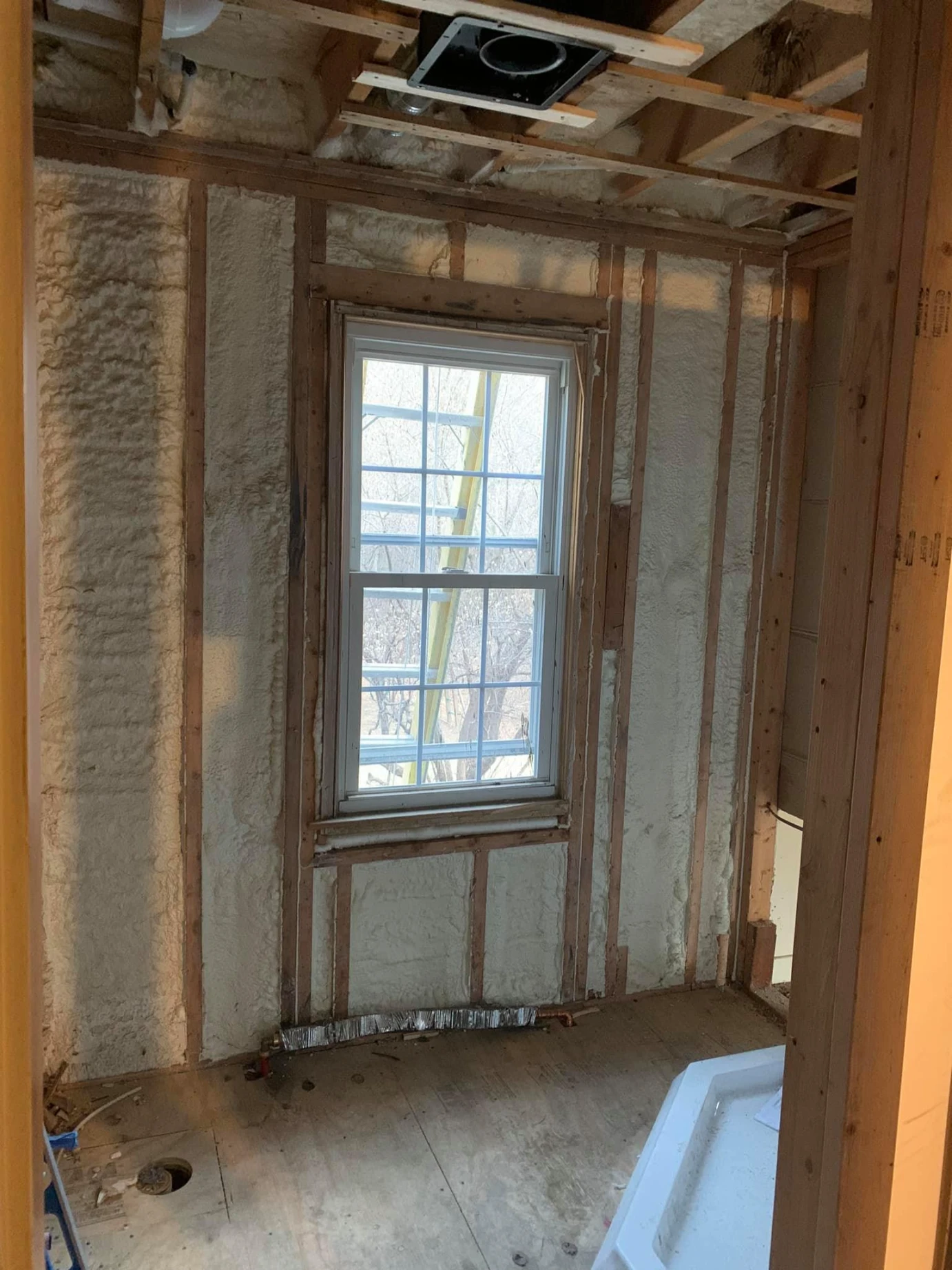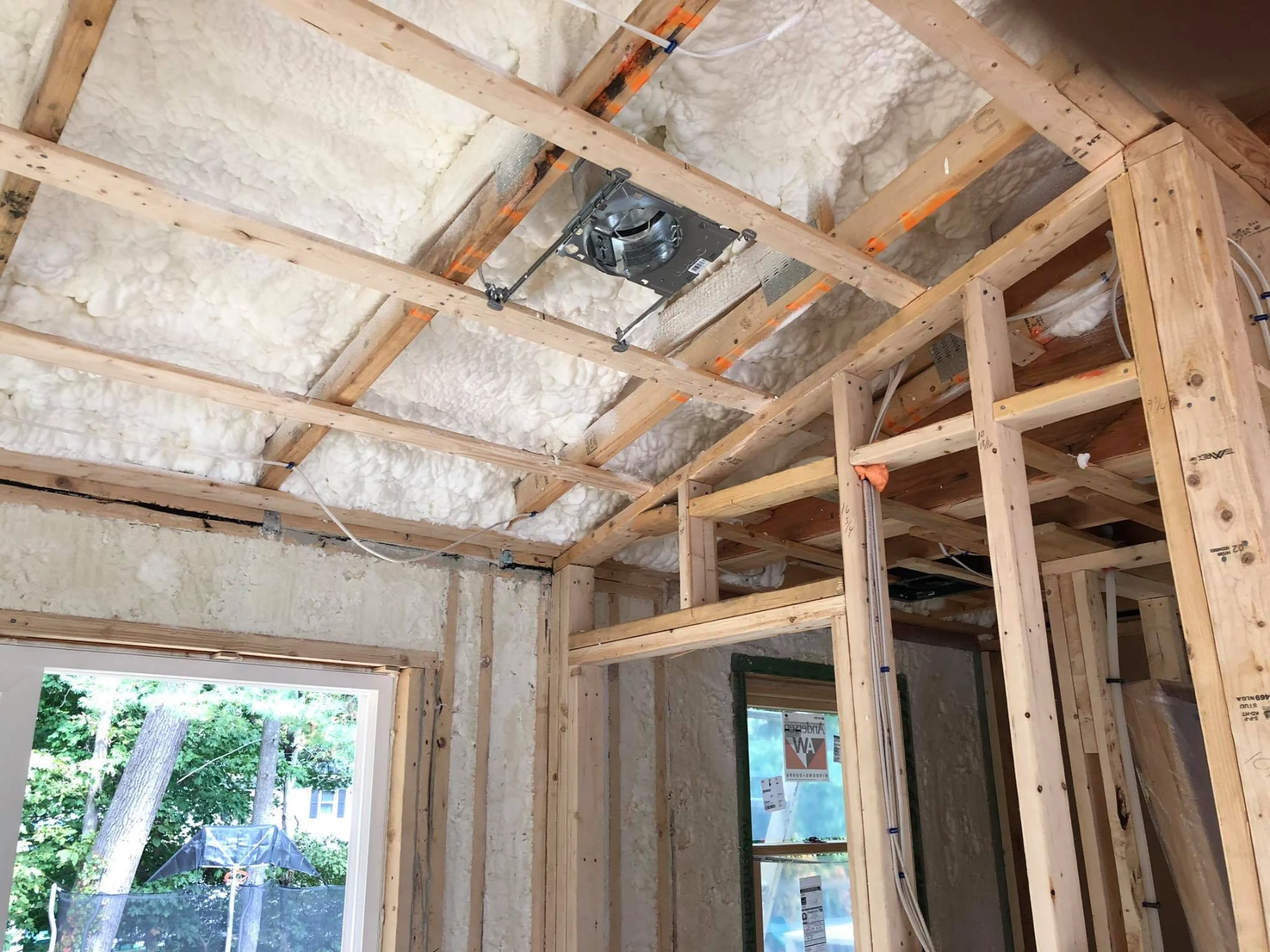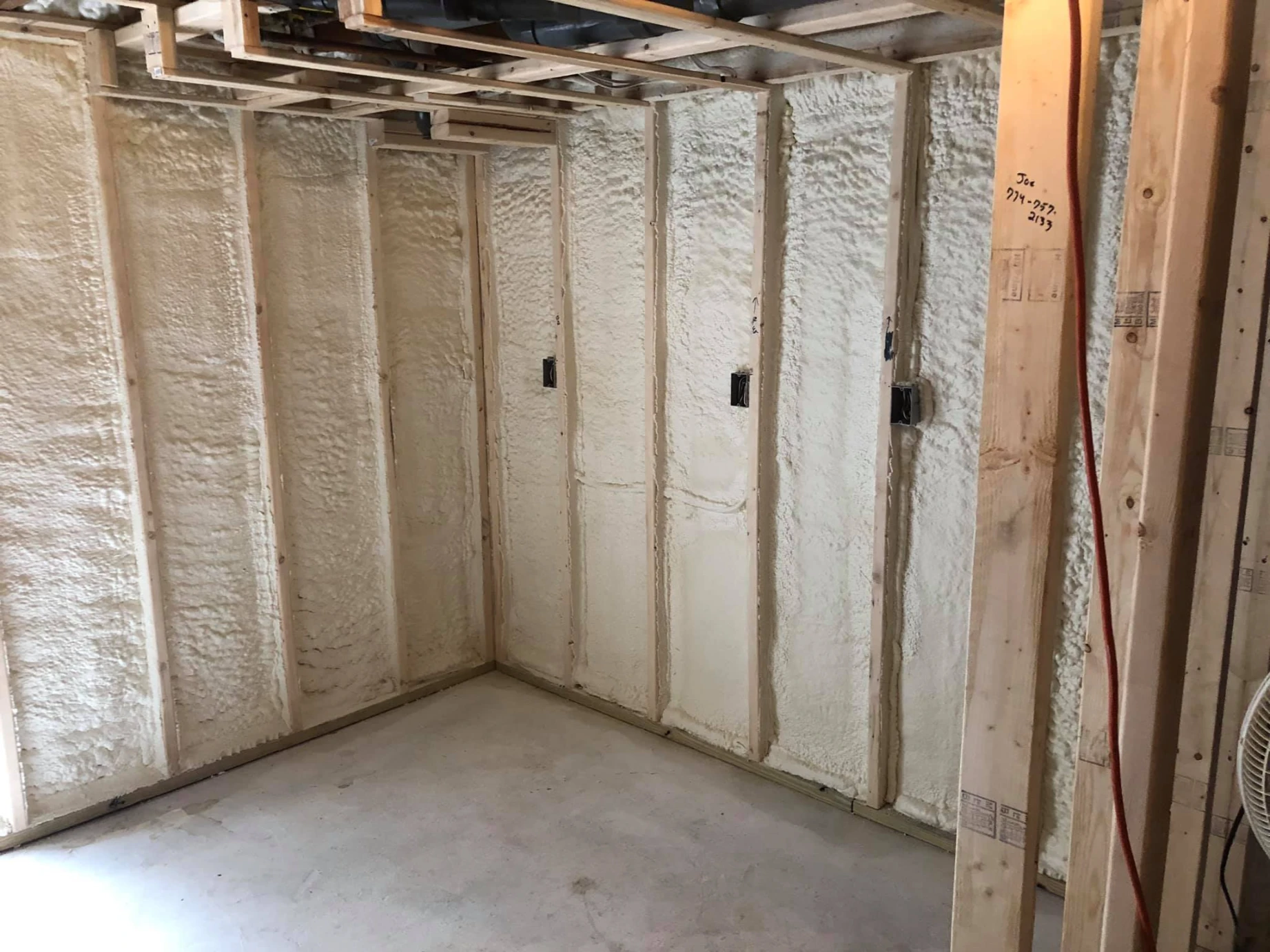
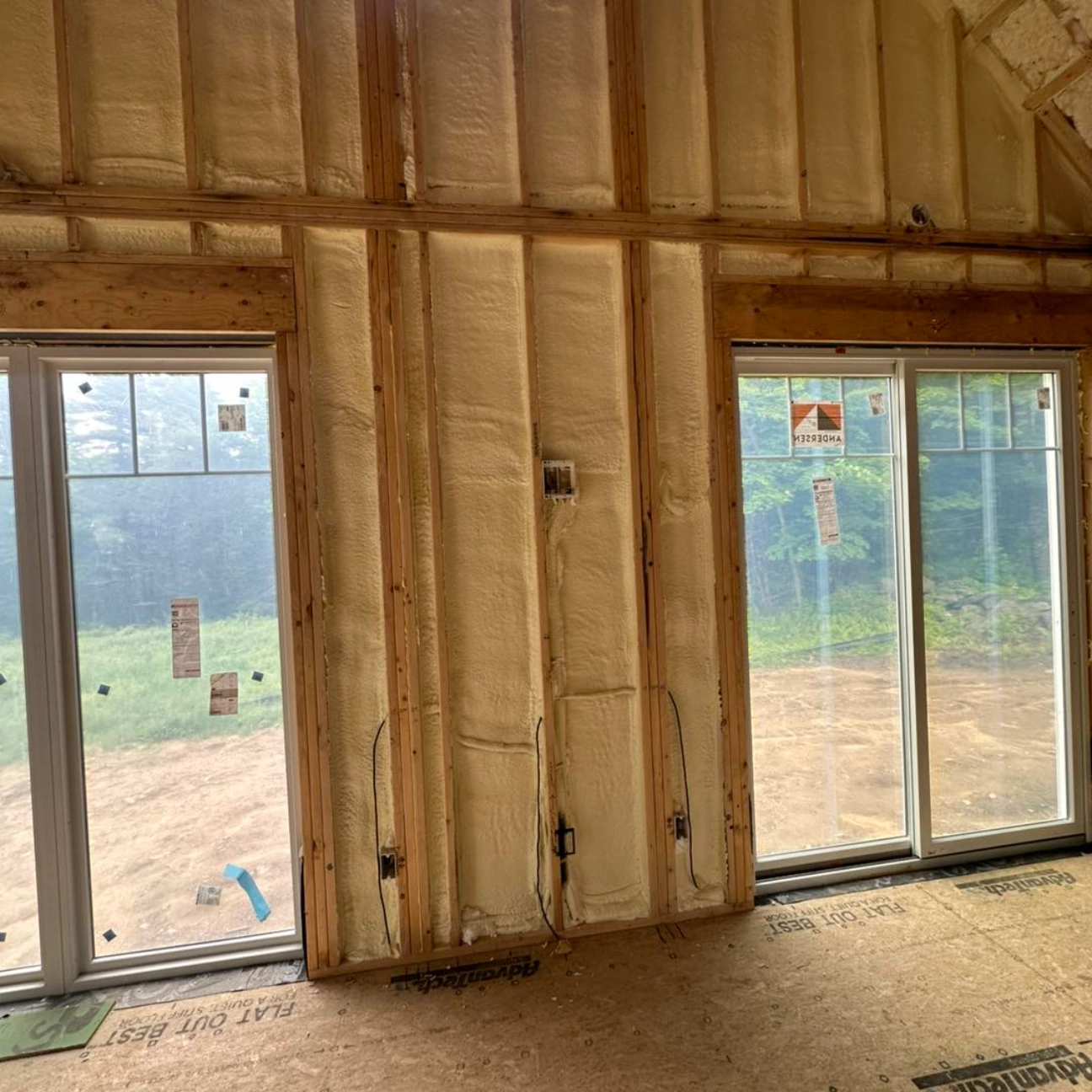
In Springfield, MA, fluctuating temperatures, high humidity in summer, and freeze-thaw cycles in winter place specific demands on building insulation. Seasonal shifts affect thermal resistance (R-value), air sealing integrity, and moisture control. Improper insulation choice or degraded material can lead to higher energy consumption, indoor discomfort, and mold risks.
Material performance varies between seasons. Open-cell spray foam may outperform in humid summers due to its vapor permeability, while closed-cell foam resists moisture and provides better thermal resistance during harsh winters. Matching material to the climate’s stressors avoids long-term issues. The following sections explain insulation responses across seasons using data and field experience.
Lamothe Spray Foam Insulation applies local field experience to select and install materials suited for the unique climate conditions of Western Massachusetts.
To learn about our latest initiatives and how we’re improving insulation performance across Western Massachusetts, read more.
| Season | Temperature Range | Humidity Levels | Key Stressors | Insulation Risks | Material Consideration |
|---|---|---|---|---|---|
| Winter | 10°F to 35°F | Low to Moderate | Freeze-thaw cycles, air leaks | Condensation, heat loss | Closed-cell spray foam (low permeability, higher R-value) |
| Spring | 35°F to 65°F | Rising | Moisture influx, pests | Damp insulation, mold | Mineral wool (water-resistant, pest-resistant) |
| Summer | 65°F to 90°F | High | Humidity, solar load | Mold, humidity entrapment | Open-cell spray foam (breathable, expands with heat) |
| Fall | 35°F to 65°F | Dropping | Airflow fluctuation | Air leakage | Blown-in cellulose (dense air seal, thermal consistency) |
| Material Type | R-Value per Inch | Moisture Resistance | Vapor Permeability | Seasonal Strength |
|---|---|---|---|---|
| Open-Cell Spray Foam | 3.5 – 3.7 | Low | High | Summer, Fall |
| Closed-Cell Spray Foam | 6.0 – 7.0 | High | Low | Winter |
| Mineral Wool Insulation | 3.0 – 3.3 | Very High | Medium | Spring |
| Blown-In Cellulose | 3.2 – 3.8 | Moderate | Medium | Fall |
| Dense-Pack Cellulose | 3.6 – 3.9 | Moderate | Low-Medium | Fall, Spring |
Bonus Tip: In Springfield’s climate, closed-cell spray foam below-grade or in rim joists prevents thermal bridging and condensation in winter.
Bonus Tip: Always inspect attics for airflow disruption or ice dam indicators before selecting insulation for winter performance.
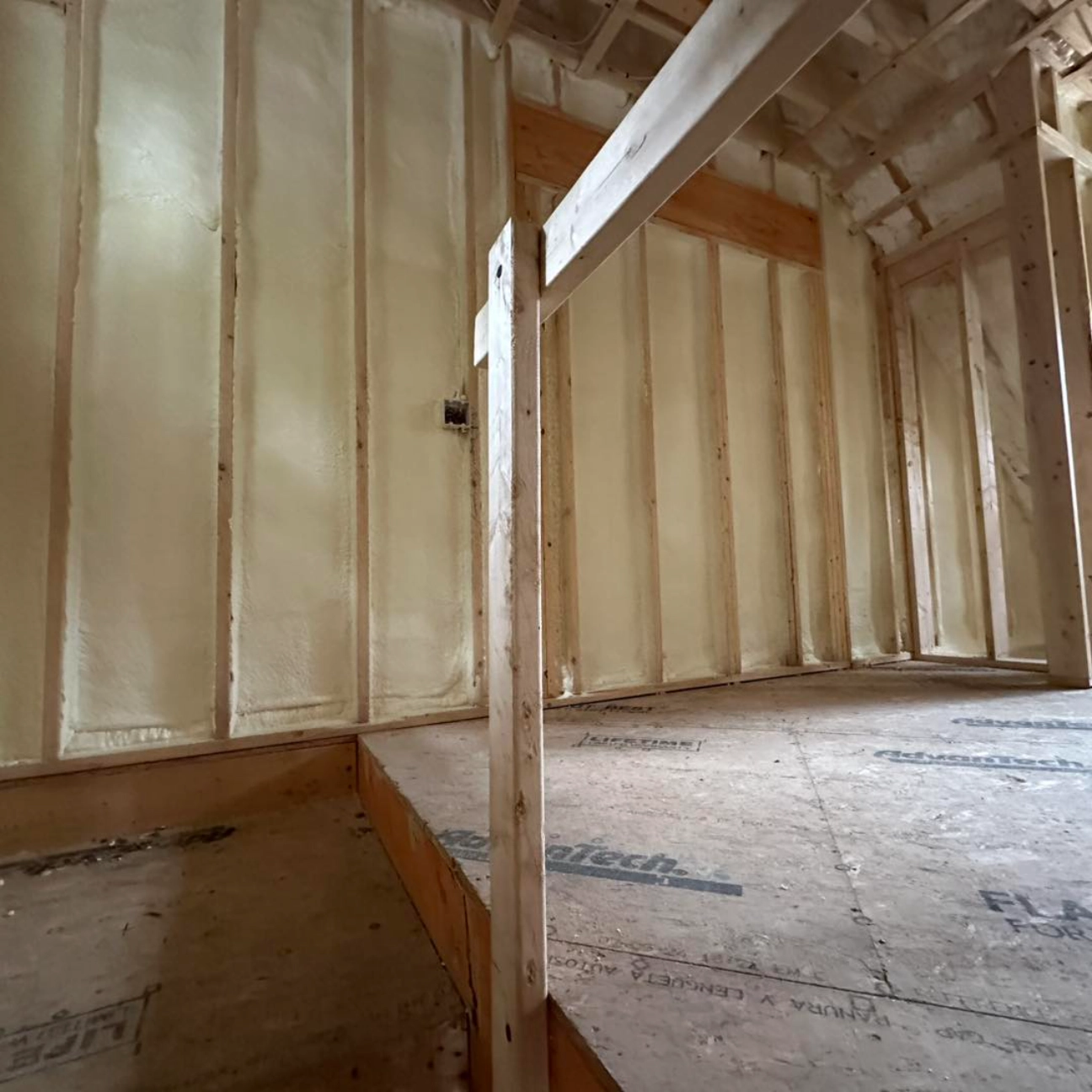
Lamothe Spray Foam Insulation offers materials suited to Springfield’s full range of climate conditions. Services include:
Closed-cell spray foam in exterior walls and open-cell in interior partitions offers year-round performance for both thermal and moisture control.
Signs include cold spots in winter, excess indoor humidity in summer, or visible settling in attic areas.
When densely packed, it maintains a reliable thermal seal but may require vapor barriers in colder zones.
Yes. Use open-cell in vented areas like attics and closed-cell in crawlspaces, rim joists, or basements.
Springfield’s seasonal changes significantly influence how insulation performs. Cold winters demand materials with higher R-values and moisture resistance. Hot, humid summers favor breathable options that won’t trap vapor. Matching insulation type to the building’s specific exposure, use, and seasonal stressors improves both comfort and energy efficiency.
Evaluate material permeability, resistance to moisture, and structural integrity in relation to seasonal demands before installation.
Lamothe Spray Foam Insulation provides region-specific solutions built for Springfield’s weather patterns. Reach out by phone at (508) 847-0119 or by email at [email protected] for support on material selection, inspections, or insulation updates that align with seasonal performance goals.
Every 3-5 years, or immediately after signs of moisture intrusion, pest damage, or indoor climate shifts.
Old or improperly sealed insulation may trap moisture, contributing to mold. Proper installation prevents this.
Closed-cell spray foam has minimal expansion and contraction, reducing breakdown over time.
Treated cellulose contains borates, which deter most insects and rodents.
Yes. Materials like fiberglass and cellulose settle, while foam types retain R-value longer when properly installed.

